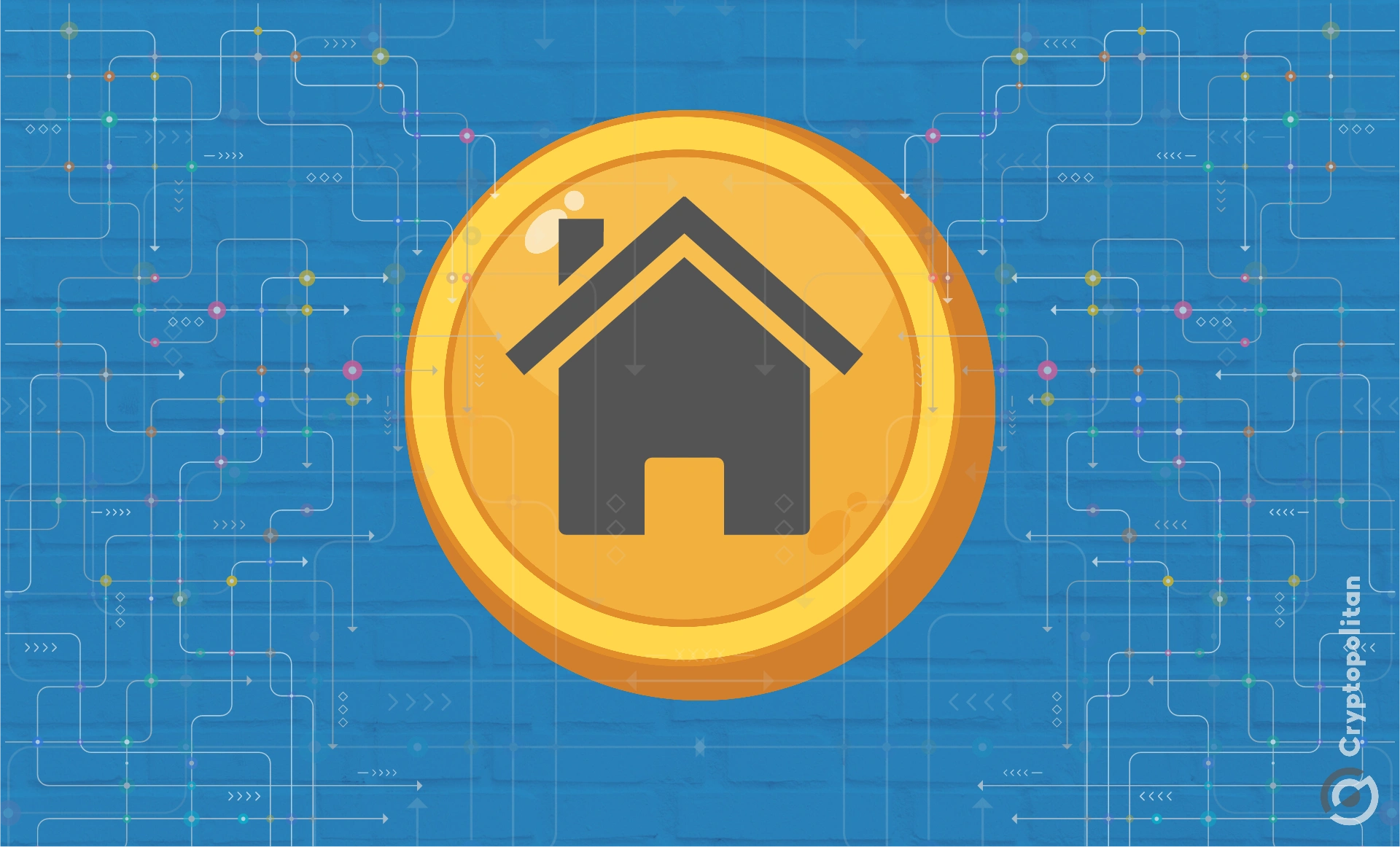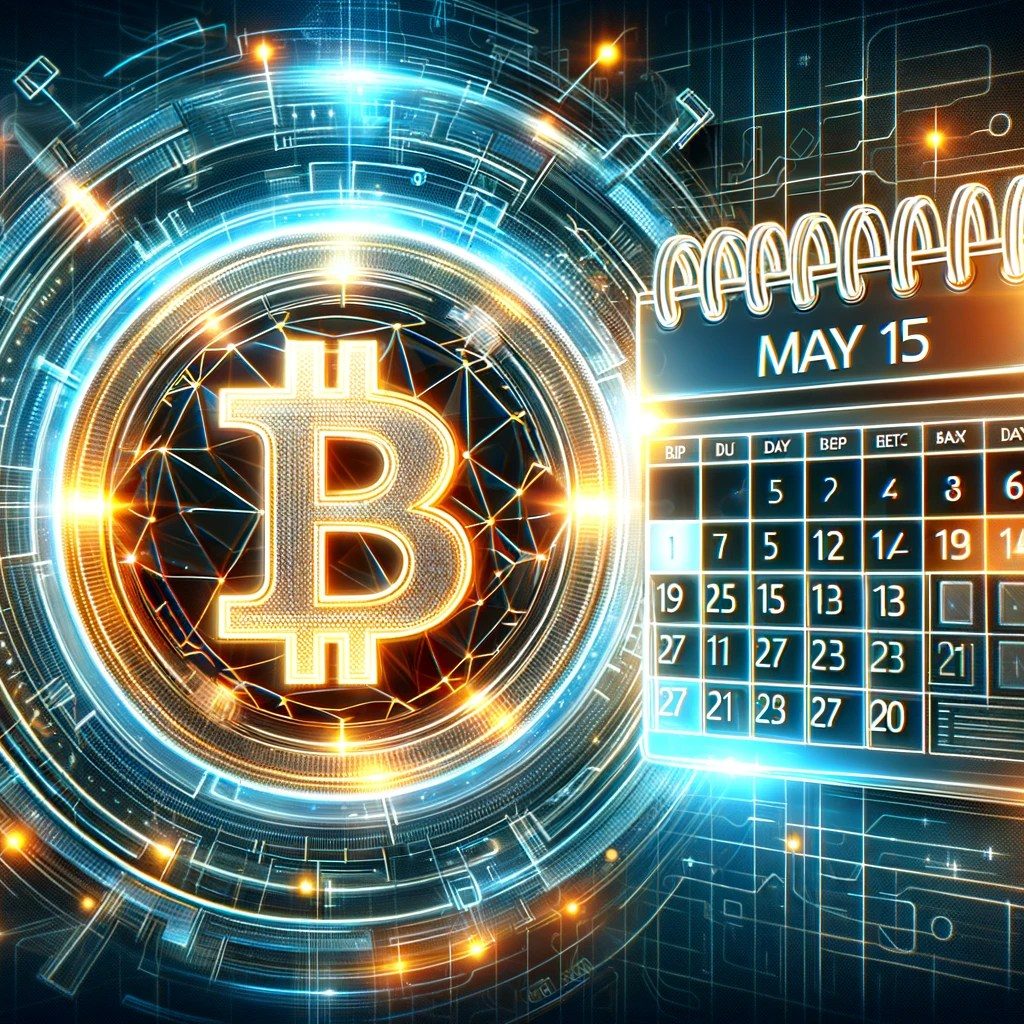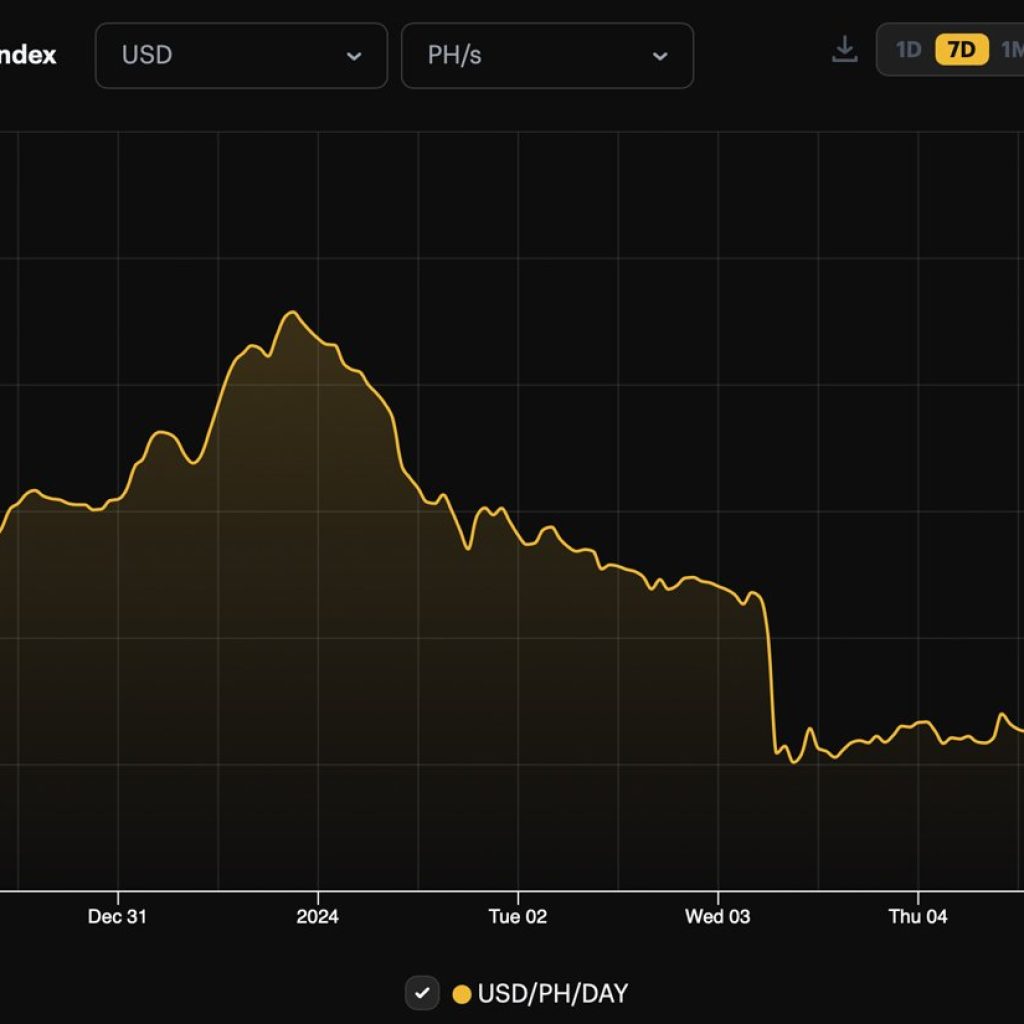Tokenization of real-world assets was viewed as one of the ways to inject intuitive value into crypto. Some types of tokenization have stalled, but there may be up to $3B in tokenized real-world assets already on the blockchain.
Tokenization on the blockchain comes in various forms, and it may be difficult to estimate the real adoption. Rough estimates see up to $3B in tokenized products on various chains and protocols.
Tokenization approaches range from simply creating tokens to track a certain asset’s price, to special curated on-chain vehicles, as in the case of BlackRock’s BUIDL token, created by Securitize.
The most widely held tokenized assets include commodities, especially precious metals. Government securities are the second most widely tokenized asset class. Up to $1.6B in government securities have been tokenized on several chains. The leading tokens encompass 17 purpose-built products, including the BUIDL token.
Several DeFi protocols have also expanded their portfolios of government securities, including Ondo Finance and Maple Finance. Other tokens are spread between public company stocks, private funds, real estate and other types of funds.
Tokenization has proven more successful in cases where the protocols or financial companies already had access to liquidity and demand for new products. The less successful model was that of the security token offering (STO), which followed the model of a public token sale. Some of the security tokens followed strict regulations, but failed to take off for either mainstream investors or crypto insiders.
There's about $3B of non-stable coin real world assets onchain
Up ~3x from the beginning of the year. Mostly driven by government securities. pic.twitter.com/7YDaOsGAfP
— hagaetc.eth (@hagaetc) August 12, 2024
Real estate is also a relatively limited market for tokenization or fractional ownership. The rather illiquid nature of real estate has limited the sales of those tokens, which lag behind the value in other crypto assets. Tokenized real estate is a small niche with around $21M in value locked. All of the tokenized real estate is provided by Tangible, which has brought 204 properties on board.
Ethereum remains the main chain of choice when it comes to tokenization, even for institutional investors. Stellar (XLM) is the surprising choice for blockchain. The Stellar protocol is a version of Ripple, aiming to onboard corporate clients. Recently, Stellar tried to position itself as the go-to chain for RWA tokenization, managing to draw in the funds of Franklin Templeton. Stellar served to tokenize more than $270M of the Franklin OnChain U.S. Government Money Fund.
Tokenized RWA serve whales and institutions
Initially, tokenized RWA were seen as a way to expose retail investors to traditional assets, by direct access through wallets and crypto trading tools. Other use cases included small-scale tokenization for physical goods, to serve as certificates.
In reality, some types of tokenized assets serve as tools for whales to interact with DeFi protocols. One of the Ondo Finance USDY tokens is backed by US government T-bills. USDY tokens are held by a small selection of wallets, where the leading wallet controls more than 74% of the supply. Ondo Finance also aims to position itself as one of the leaders of RWA, while recently surpassing the reserves of BlackRock’s BUIDL token.
The wallet, most probably belonging to Ondo Protocol, interacts with other stablecoin smart contracts like DAI and FluxUSD. The underlying assets of the USDY token go through high-activity decentralized trading. Based on Nansen’s profiling of the wallet, USDY is sent to other large-scale whales.
The usage of tokenized RWA, as well as tokenized loans, grows with the expansion of DeFi in 2024. Otherwise, the RWA narrative has actually slowed down from its peak in April. Almost all L2 chains are listed for having a capability to issue RWA tokens, though not all chains are active. The collection of narrative tokens lost 50% of its market cap since April, sinking to a valuation of $25M.
The RWA narrative still aims to give crypto more legitimacy. At the same time, US government T-bills are used to lock in gains from large crypto protocols, while avoiding the risk of relying on third-party stablecoins. T-bill tokenization allows each protocol to control its liquidity and be certain of its reserves. New RWA tokens are also continuously created and burned, depending on current demand.
Cryptopolitan reporting by Hristina Vasileva





